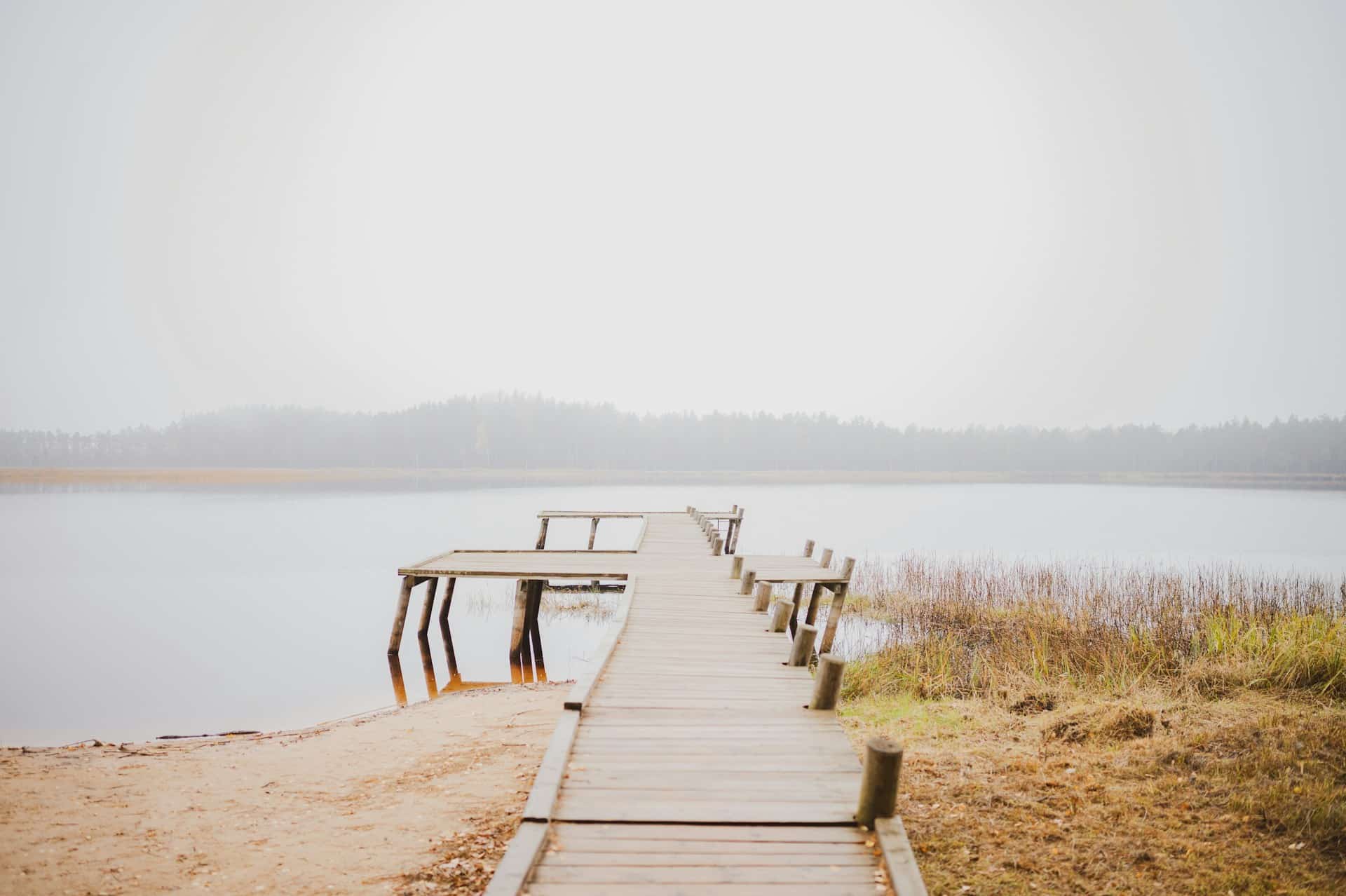Fishing from your dock is one of the simplest pleasures of living near the water. But if your rods, tackle boxes, and bait buckets are scattered every time you head out, it can turn relaxation into frustration. A smart, well-organized dockside storage station keeps your fishing essentials close, tidy, and protected from the elements—so you can spend more time catching and less time searching.
Here’s how to design and set up the perfect fishing gear station right on your dock.
1. Choose the Right Location on Your Dock
Start by picking a spot that’s both accessible and safe. You want enough space to move freely without blocking foot traffic or tripping over gear.
If your dock is large, dedicate one corner or side section to fishing. For smaller docks, a compact storage unit attached to a railing or wall works great. Make sure your chosen area is stable and far enough from the edge to keep equipment dry during splash or wake.
Pro tip: If your dock floats, position storage near the shore end so shifting water levels won’t affect accessibility.
2. Pick Weather-Resistant Materials
Texas weather can be unpredictable—intense heat, humidity, and the occasional downpour can quickly ruin unprotected equipment. Your storage setup needs to handle it all.
Look for materials like:
- Marine-grade plastic or polyethylene: Rust-proof, lightweight, and built to handle sun and water exposure.
- Stainless steel hardware: Resists corrosion far better than standard metal.
- Pressure-treated or composite wood: Ideal if you want a natural look that still holds up against the elements.
If you’re using an EZ Dock system, modular sections and accessories make it easy to mount lockers or containers without damaging the dock surface.
3. Organize by Function
Grouping your gear by use keeps everything easy to grab.
A good rule of thumb:
- Top shelf: Sunglasses, sunscreen, gloves, and frequently used items.
- Middle section: Tackle boxes, bait buckets, and line spools.
- Bottom area: Heavier gear like anchors, nets, and spare rope.
Use labeled bins or plastic crates to prevent clutter. For small accessories—like swivels, hooks, and lures—clear, stackable containers make a big difference.
Bonus tip: Mount a magnetic strip for hooks, pliers, and scissors—it keeps metal tools organized and within reach.
4. Add Rod Holders for Easy Access
No fishing setup is complete without rod storage. Install vertical rod holders along a railing or on a freestanding rack. This keeps rods upright, prevents tangling, and protects them from snapping or warping.
For floating docks, PVC or adjustable aluminum holders work best—they resist rust and fit most rod types.
DIY idea: A simple length of PVC pipe cut at an angle and mounted to the dock can hold multiple rods at a fraction of the cost.
5. Create a Clean-Up and Maintenance Zone
Fishing can get messy. Having a clean-up area saves your gear and dock from long-term wear.
Include:
- Small rinse station or hose hookup to wash hands, gear, or fish.
- Drying rack or hooks for wet towels and nets.
- Trash can or bait disposal bin to keep the area clean and odor-free.
Use a non-slip mat in this section to prevent accidents when things get wet.
6. Protect Your Gear from the Elements
Direct sunlight can fade tackle boxes, weaken fishing lines, and warp rod handles. Add shade using a canopy, pergola, or simple dock umbrella.
For long-term protection, use waterproof covers for stored equipment. Airtight bins or lockers keep your gear dry during storms and prevent mildew.
Pro tip: Avoid metal containers unless they’re stainless steel. Humidity can quickly cause rust and damage hooks or tools.
7. Make It Mobile
If your dock space is limited or shared with other activities, mobility matters. A rolling storage cart with lockable wheels lets you move your fishing station wherever you need it.
Choose a cart with multiple drawers or baskets for flexibility. When not in use, you can wheel it back toward the shore or into a storage shed.
8. Add Safety Features
A fishing station should never interfere with safety. Keep walkways clear and store sharp objects securely.
Install:
- Edge lighting or solar lights for nighttime visibility.
- Rubber bumpers on storage corners to prevent injury.
- First-aid kit within reach for minor scrapes or hooks.
If kids fish with you, designate a “safe zone” for handling hooks and tools.
9. Blend Storage with Style
Function doesn’t have to sacrifice looks. Use storage that complements your dock’s design—neutral colors, clean lines, and low profiles. A tidy, coordinated space makes your dock inviting, even when guests visit.
Add decorative touches like weatherproof signage (“Gone Fishin’”) or small potted plants to soften the space without cluttering it.
10. Maintain and Refresh Regularly
Check your storage setup every few months. Replace cracked containers, tighten mounting bolts, and clean salt or grime off hardware. Keep desiccant packets inside sealed bins to absorb moisture.
Regular upkeep keeps your gear ready for every fishing trip and extends the life of your dock materials, too.
Build a Dock That Works as Hard as You Do
A well-organized dockside fishing station transforms your space from cluttered to efficient. Whether you’re chasing bass at Lake Fork or relaxing at Lake Texoma, keeping your gear protected and easy to access means more time enjoying the water.
For modular floating docks, accessories, and mounts designed to make organization simple, visit EZ Dock Texas. And don’t forget to follow EZ Dock Texas on Facebook for ideas, updates, and stories from other Texas anglers living their best dockside life.







